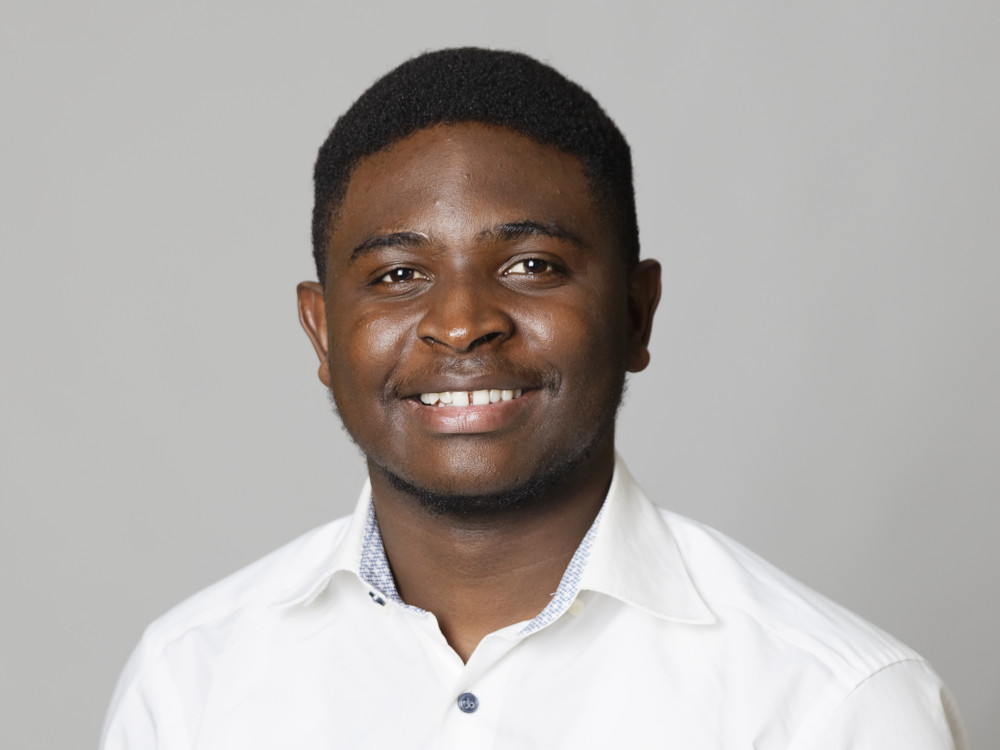
Wilfred’s thesis at AIMS was entitled “Optimal control problems in energy finance”, where he studied the exercise of swing options in energy finance, and the goal was to maximise the expected profit for a holder of such a contract.After that, he went to the Brandenburg University of Technology in Cottbus-Senftenberg, Germany, for a research stay
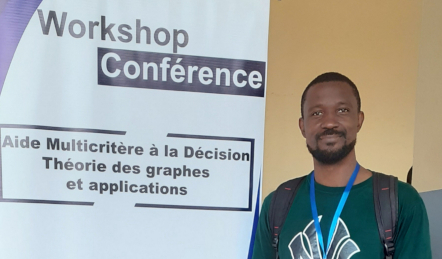
PhD student at the university of Yaounde 1, Monoidal t-norm logic and its algrebraic structures: MTL-rings and MTL-algebras.
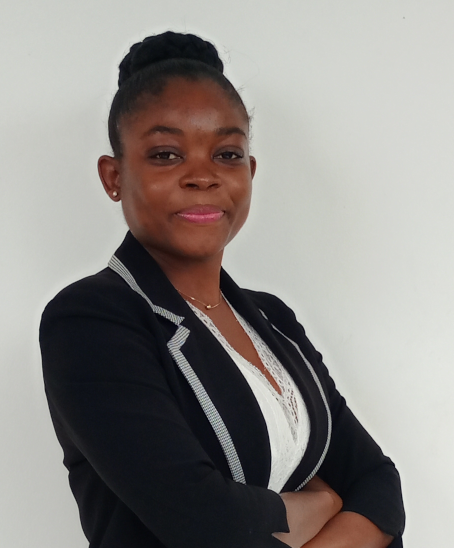
It is often said that the spectacular success of neural networks has been made possible due the abundance of data. In the context of supervised learning and more precisely classification, a quality data over which a model could be trained in earnest has to be balanced, which means the model would need to see relatively
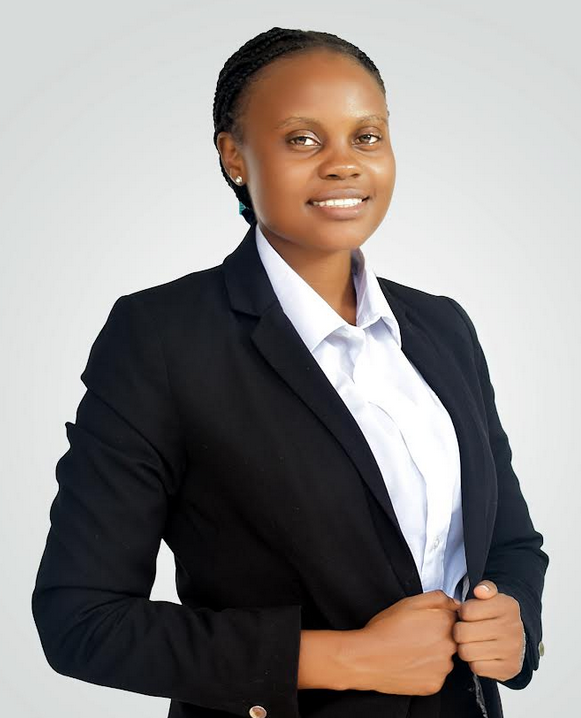
While at AIMS, Lydie works on MPAS simulation of an extreme weather event over the city of Douala, Cameroon, this to test the performance of the model, a well known global variable resolution model, in reproducing extreme rainfall events, this to better use it to predict them. Lydie is currently doing a Master degree in
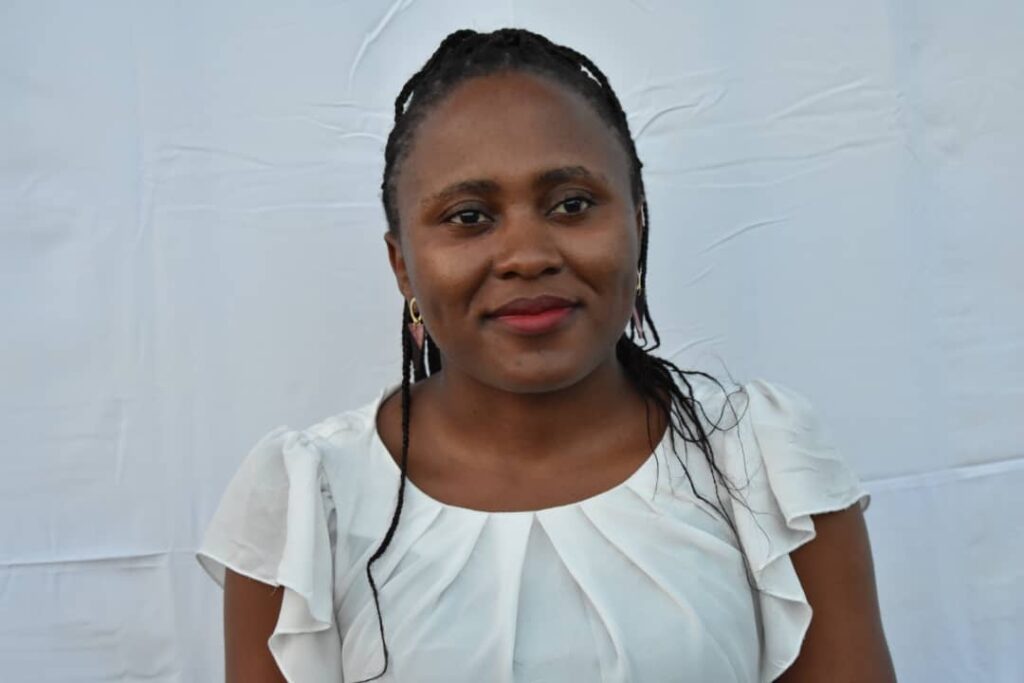
The Covid-19 pandemic has forced several changes in the world of work, leading companies and institutions to accelerate digital transformation by embracing remote working. The new approach of work has made cybersecurity one of the biggest challenges facing society today, attracting the attention of researchers and insurers. Danielle’s work has been to estimate the cost
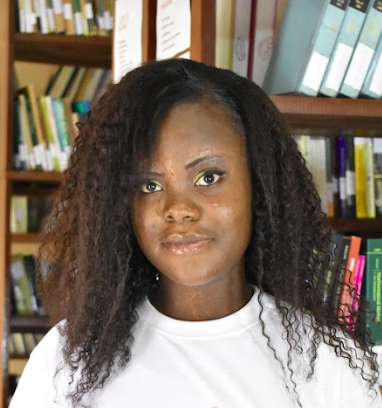
While at AIMS, Patience’s goal was to model the impacts of climate change on Photovoltaic Power production in Africa by means of simulation using FERRET. Her results showed that weather factors such as cloud covering and solar irradiance will vary in the far future years, but Africa will remain a fertile ground for solar energy
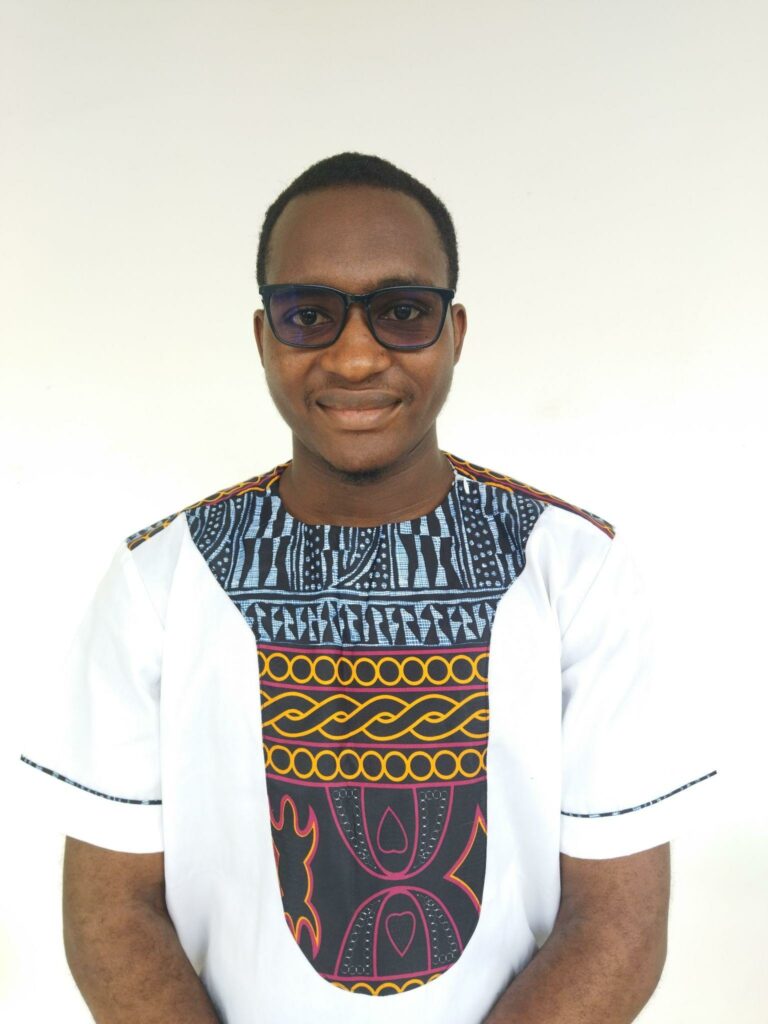
While at AIMS, Uriel worked on Dynamic path prediction in IoT systems. The goal of the project was to design a reinforcement learning algorithm to reduce the energy consumption in an IoT sensor network during path planning when data goes from one equipment to another one. After comparison with existing algorithms, he showed that his
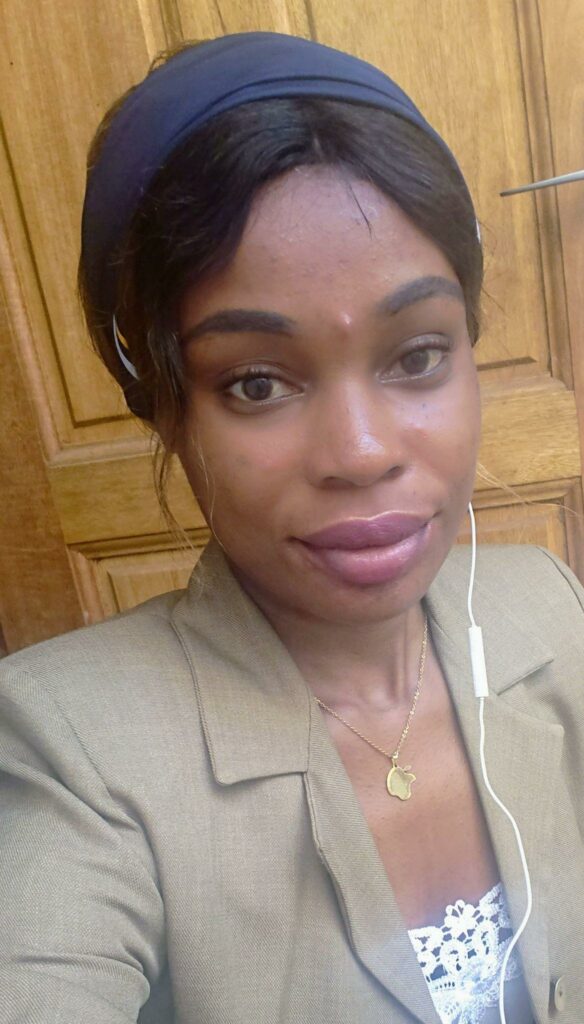
Neuromath is a new and existing field that uses analytical mathematics to explain how artificial intelligence really works. WHile at AIMS, Kenne studied the overparametrisation of the convolutional neural network (CNN) using the concepts of gradient descent (GD) and the neural tangent kernel (NTK). She showed that a CNN learns low frequency before high frequency,
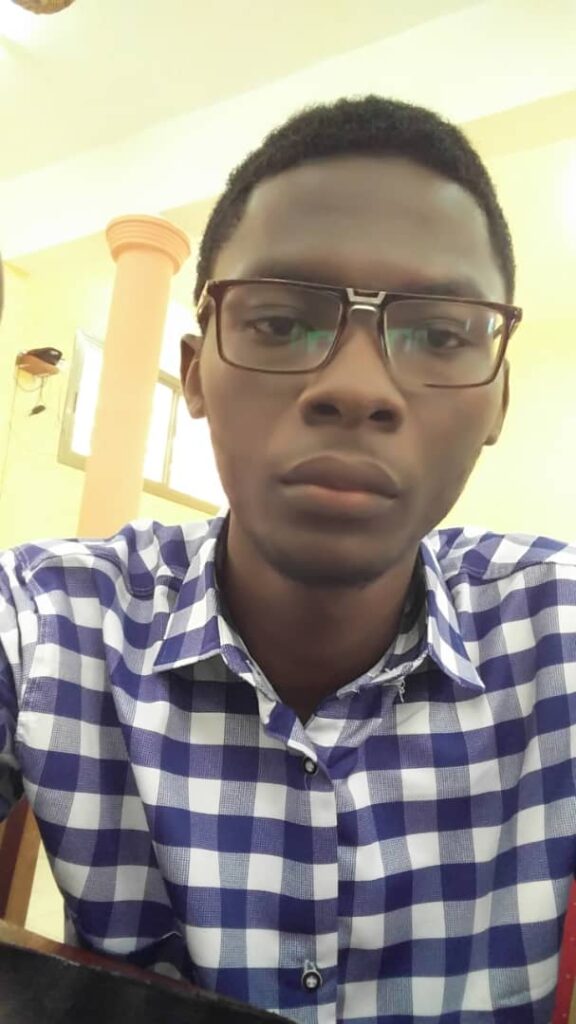
While at AIMS, Mikael looked at the inverse design issue of the linear transport equation in 2D heterogeneous media with a source term and an unbounded time and space dependant coefficient. Using a regularization methodology and the method of characteristics, he verified the existence and uniqueness of the solution of the linear transport problem as
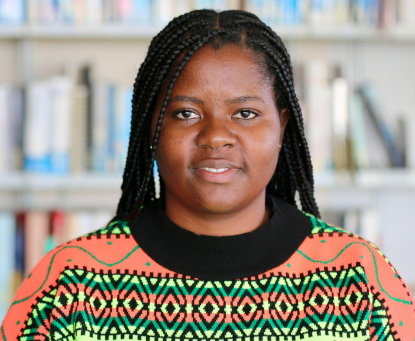
We are living in a world where the future is uncertain, it’s important to provide accurate predictions which is important for decision making to the community. While at Aims, Ariane worked on hierarchical approaches used to forecast times series. In her study, she discussed techniques for predicting hierarchical time series, primarily the top-down (TD) approach,










